Date: 16 January 2008
The repairs and expansion will be beneficial not only to Guardian's production, but to local residents as well. Guardian Industries, the 50-acre, 1-million-square-foot plant located just off of Golden State Highway, is investing $10 million on new equipment that will reduce current emissions by 50 percent.
The plant is converting from fuel oil to natural gas for its power and once the 135-day project is complete, the end result will be the most environmentally friendly glass plant in North America.
"In the future, we'll produce a lot more glass, but have half the emissions," said engineering manager Marty Bergman.
Guardian's biggest single market is residential windows, but they also make glass for high-rise buildings, mirrors, furniture and picture frames. The glass is sold as far south as Mexico and as far north as British Columbia and Alaska.
Bergman compares the glass making process to baking.
"We make glass just like making cookies, but with raw materials," he said.
The raw materials that eventually become crystal clear glass start out as sand, dolomite, soda ash, salt cake, charcoal, rouge, limestone, EP dust, and cullet, or recycled scrap glass. After being precisely measured, the materials are transported from the large silos where they are stored into a blast furnace.
At a temperature that can exceed 3,000 degrees, the furnace heats the mixture into molten glass. The glass emerges from the furnace in large sheets, which are then cooled and cut.
When the decision was made to retrofit Guardian's massive furnace, the Environmental Protection Agency mandated that the best available technology be used. Because of California's strict pollution control laws, general manager Don Tullman said that moving the plant to another state was considered.
The $80 million being invested into repairing the plant, which was built in 1978, is not far from the cost of building a new one.
But Tullman said that because Los Angeles is the compnay's biggest market, it didn't make sense to move, in spite of the projection that the new equipment will cost a couple hundred thousand dollars a year to operate.
One of the biggest considerations was the plant's local workforce of 300 employees, made up largely of Selma and Kingsburg residents.
"We've got a great work team here, and most of them wouldn't have moved," Tullman said.
The plant that prides itself on its impeccable safety record, a history free of layoffs and its contribution to the community and local economy.


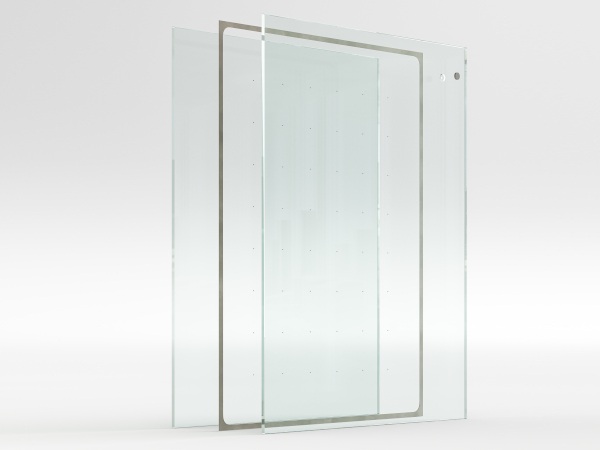


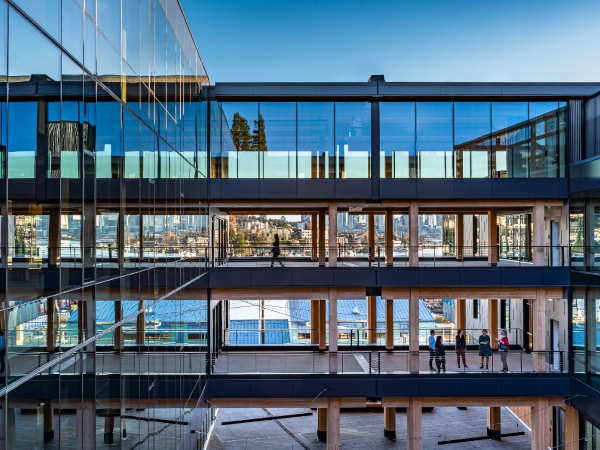
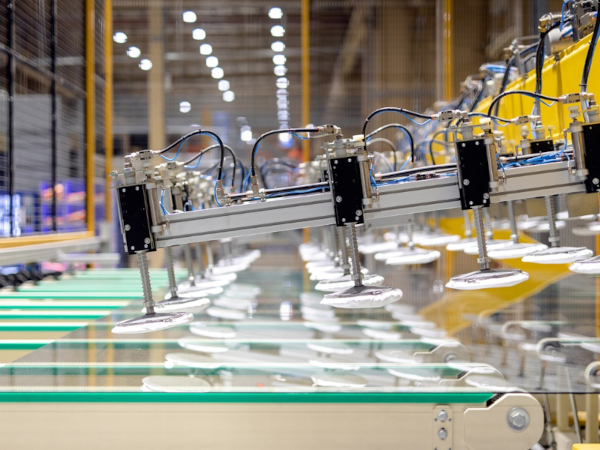



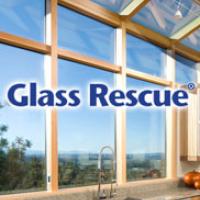



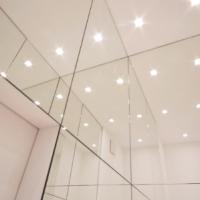

Add new comment